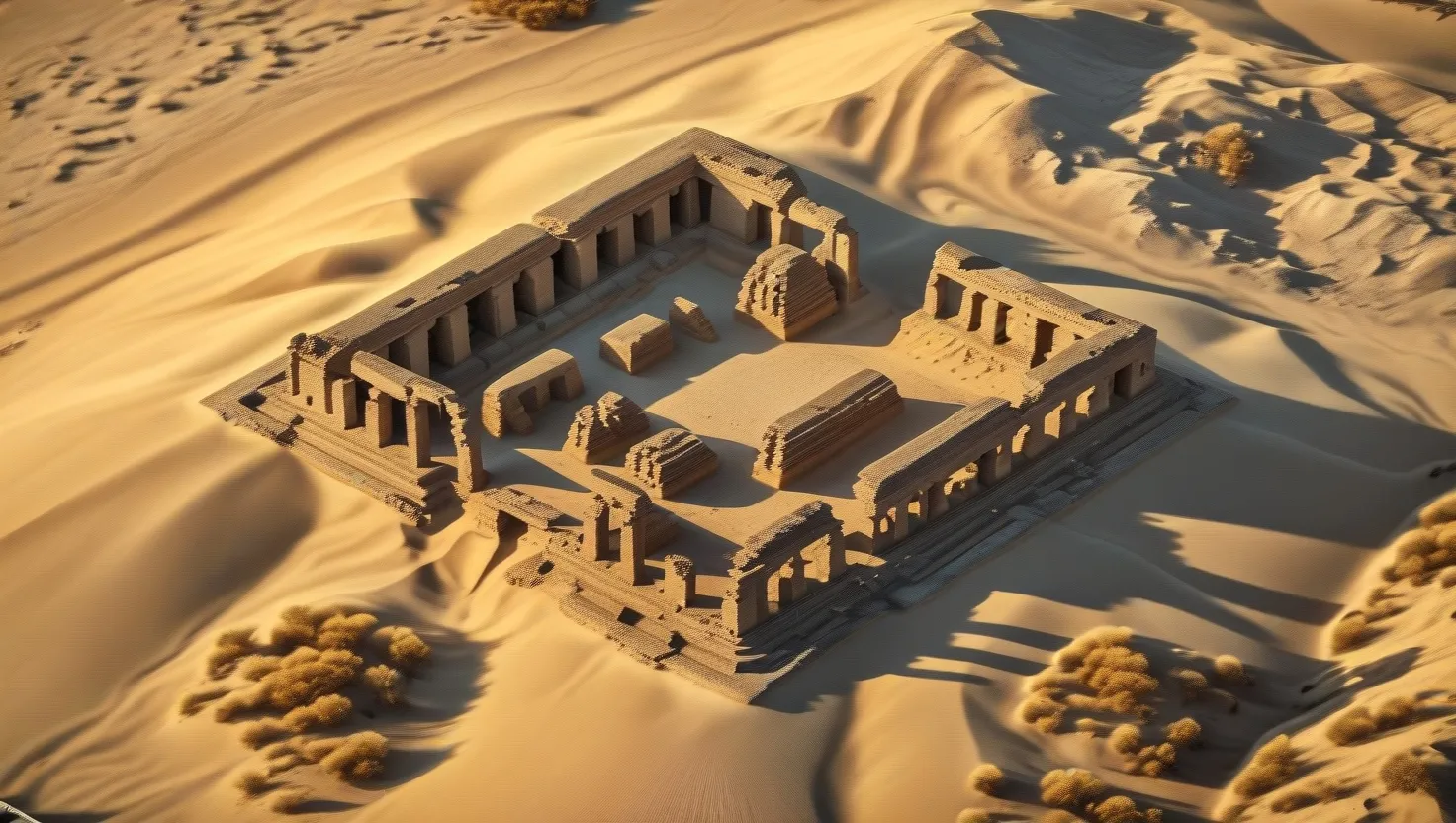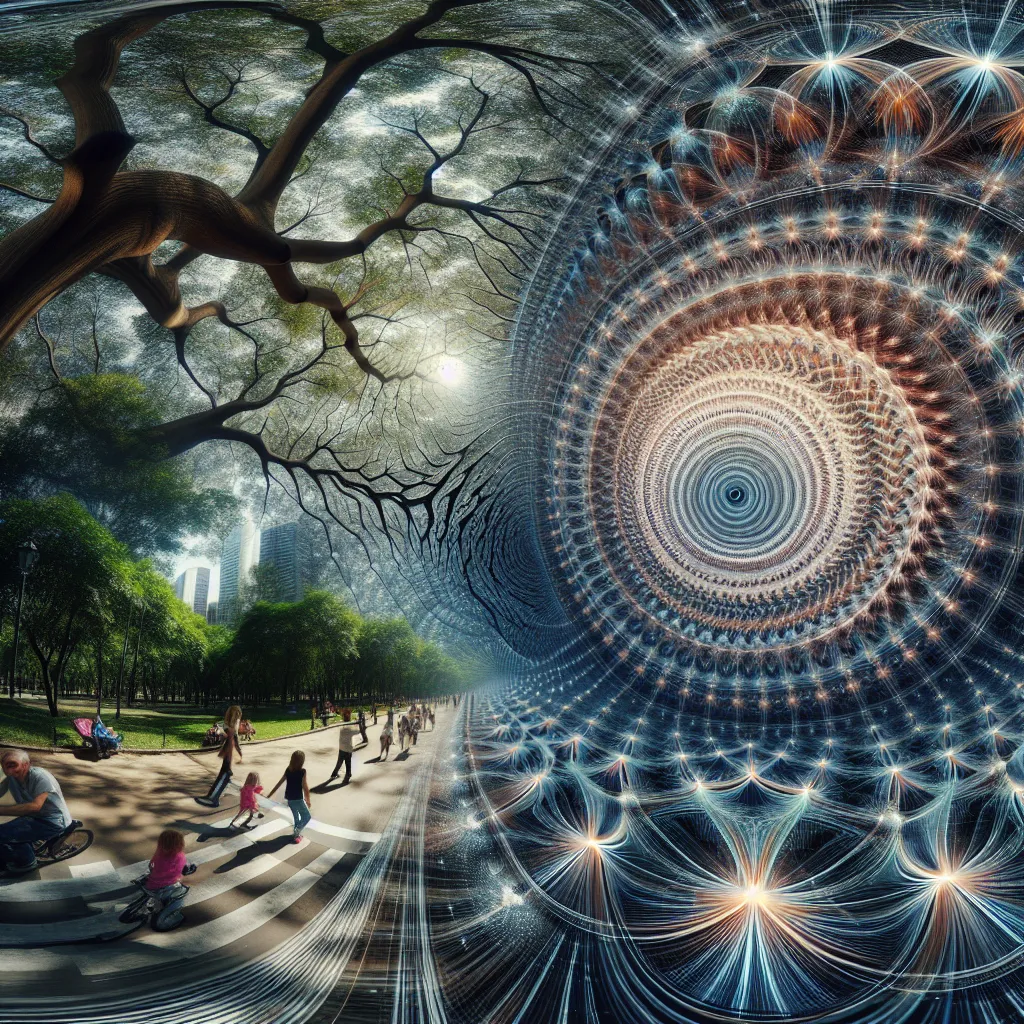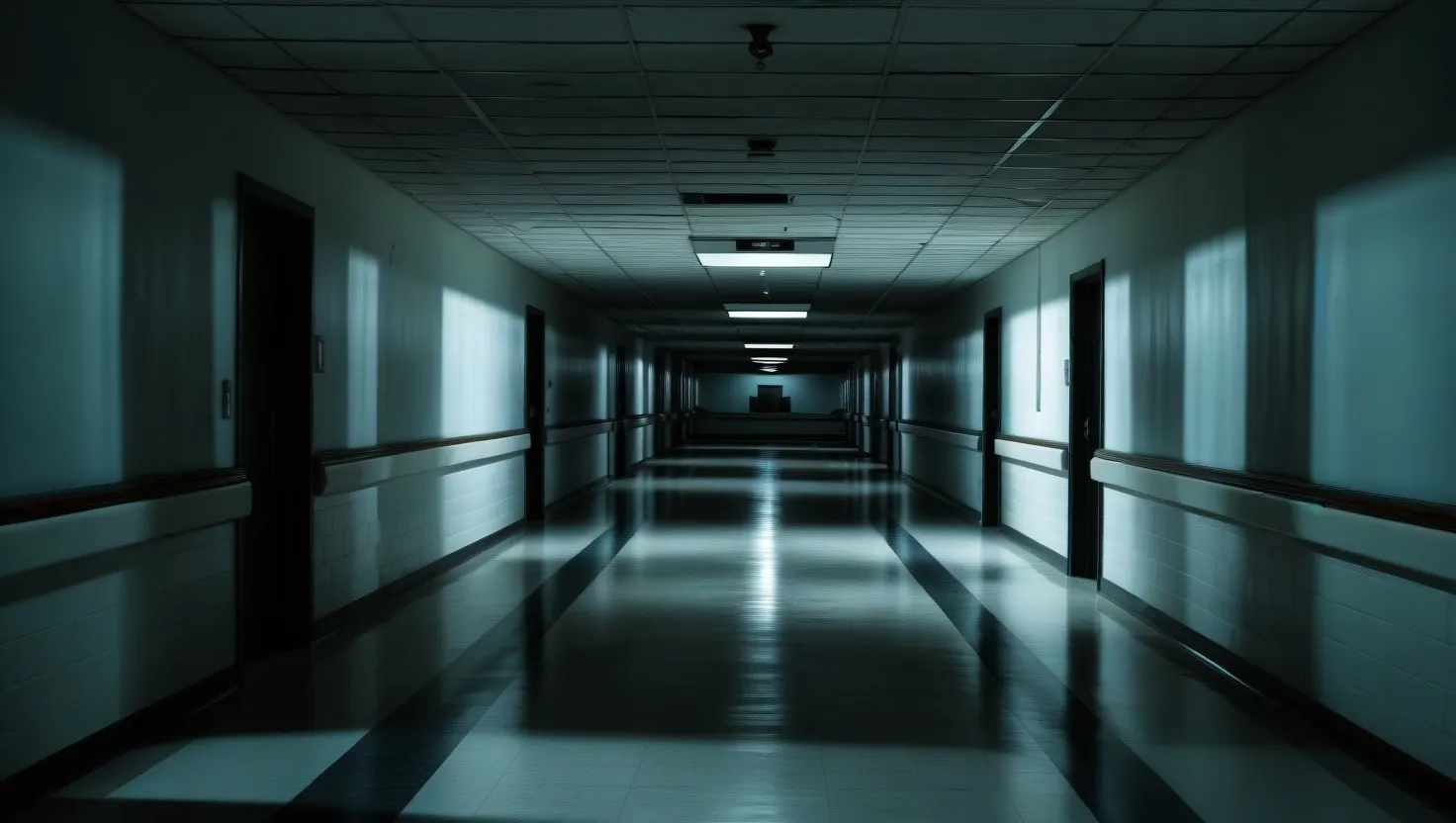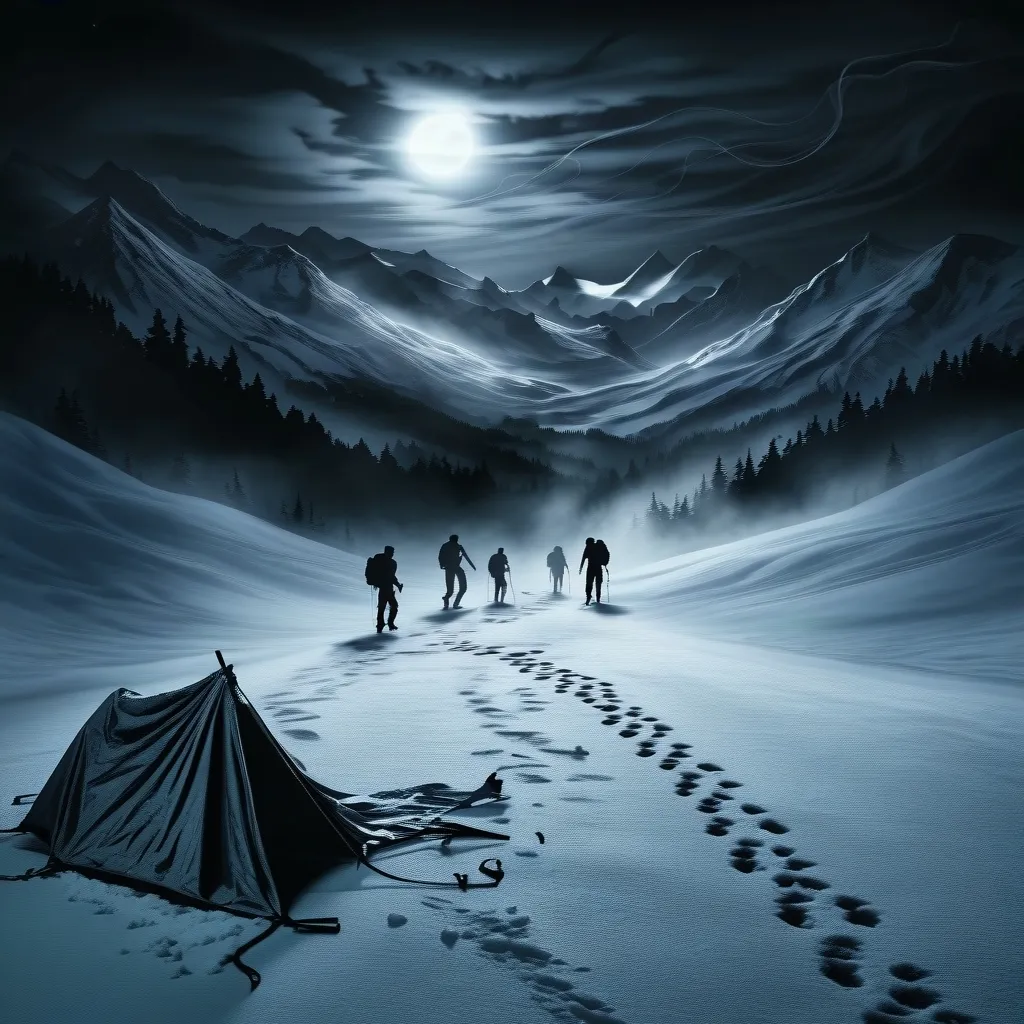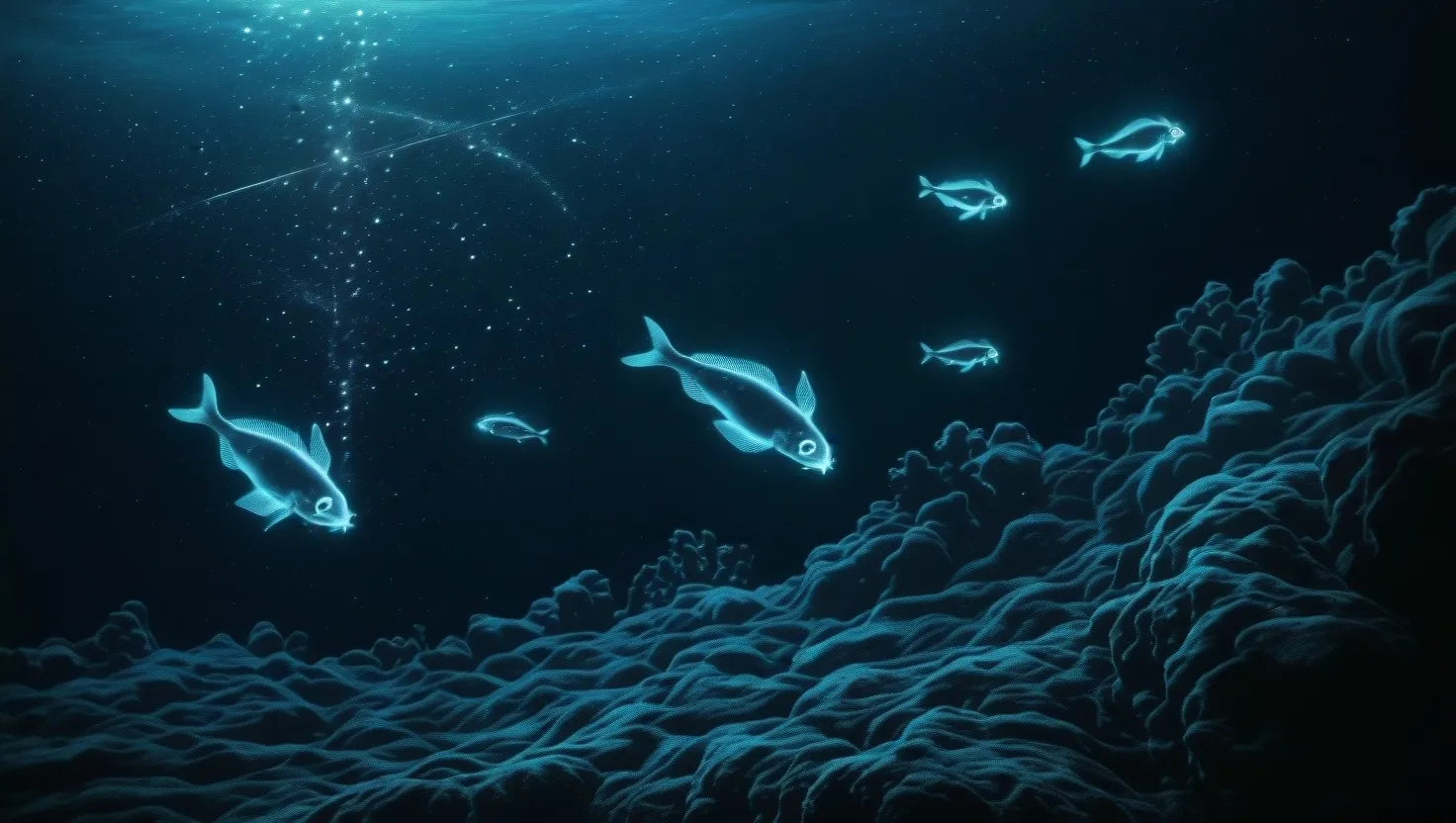From the comfort of my office chair, I’ve embarked on thrilling archaeological expeditions across the globe. No, I haven’t donned a fedora or wielded a bullwhip - my adventures unfold through the lens of satellite technology. This modern marvel has revolutionized the field of archaeology, allowing us to peer beneath the Earth’s surface and uncover long-lost secrets of ancient civilizations.
Let’s start our journey in the vast expanse of Mauritania’s Sahara Desert. Here, hidden beneath shifting sands, lay the remnants of a forgotten city. For centuries, it slumbered undisturbed, its existence known only to the wind and stars. But then, one day, a faint anomaly appeared on a satellite image - a ghostly outline hinting at something extraordinary buried below.
As I zoomed in on the digital map, I could almost feel the excitement of the archaeologists who first spotted this anomaly. What stories might this lost city tell? What treasures could it hold? The discovery has sparked intense debate about trade routes and cultural exchanges in ancient North Africa. It’s a stark reminder that even in our hyper-connected world, there are still blank spaces on the map waiting to be filled.
“The past is never dead. It’s not even past.” William Faulkner’s words ring especially true in moments like these, when technology bridges millennia in the blink of an eye.
Moving eastward, we find ourselves hovering above Egypt’s Western Desert. Here, satellite imagery has revealed not one, but several hidden pyramid complexes. These aren’t the iconic structures we associate with Giza - these are smaller, more enigmatic constructions that have archaeologists scratching their heads.
What purpose did these pyramids serve? Were they burial sites for lesser-known pharaohs, or did they have some other function entirely? The discovery challenges our understanding of ancient Egyptian architecture and urban planning. It’s as if we’ve stumbled upon a new chapter in a book we thought we’d finished reading long ago.
Have you ever wondered what other secrets the desert sands might be hiding? What other civilizations might have risen and fallen, leaving only the faintest traces for us to find?
Our next stop takes us to Libya, where an extensive network of ancient Roman villas has been uncovered. These weren’t just isolated country retreats - they formed a complex system of agricultural estates that played a crucial role in feeding the empire. The satellite images reveal intricate irrigation systems and field patterns, painting a picture of a highly organized and productive landscape.
This discovery has forced us to reconsider the extent of Roman influence in North Africa. It’s not just about conquering armies and marble statues - it’s about the day-to-day lives of people who lived and worked in these villas. Their stories are etched into the land, visible from space after nearly two millennia.
“The farther backward you can look, the farther forward you are likely to see.” Winston Churchill’s insight seems particularly apt when considering how these ancient discoveries might inform our understanding of modern agriculture and land use.
Now, let’s leap across the Atlantic to Peru’s cloud forests. Here, nestled among the mist-shrouded peaks, satellite technology has revealed pre-Incan settlements that were previously unknown. These aren’t the famous Incan sites like Machu Picchu - these are older, more mysterious constructions that predate the Incan empire.
The settlements are perched on mountaintops, connected by an intricate network of roads and terraces. How did these ancient people manage to build such complex structures in such challenging terrain? What drove them to settle in these remote, inhospitable areas?
As I pore over the satellite images, I’m struck by the ingenuity and determination of these long-gone civilizations. They remind us that human ambition knows no bounds - not even the dizzying heights of the Andes.
Our journey now takes us to Cambodia, where forgotten medieval cities have emerged from the jungle canopy. These aren’t small settlements - we’re talking about vast urban complexes that rivaled the famous temples of Angkor Wat in size and complexity.
The satellite images reveal intricate water management systems, sprawling temple complexes, and networks of roads connecting different parts of the cities. It’s as if we’ve stumbled upon a lost chapter of Southeast Asian history, one that challenges our understanding of urbanization and state formation in the region.
“The real voyage of discovery consists not in seeking new landscapes, but in having new eyes.” Marcel Proust’s words seem particularly fitting as we view these ancient landscapes through the eyes of satellites orbiting hundreds of miles above the Earth.
From the tropics, we now head north - way north - to Greenland. Here, beneath layers of ice and snow, Viking settlements have been discovered using a combination of satellite imagery and ground-penetrating radar. These aren’t just simple outposts - they’re complex settlements that suggest a much more extensive Norse presence in North America than previously thought.
The discovery has reignited debates about the extent of Viking exploration and the nature of their interactions with indigenous peoples. It’s a reminder that history is not a fixed narrative, but a constantly evolving story that changes as we uncover new evidence.
What other secrets might be hiding beneath the ice? As climate change causes glaciers to retreat, what other archaeological treasures might be revealed?
Our final stop on this whirlwind tour takes us to Turkmenistan, where Bronze Age settlements have been identified in the Karakum Desert. These settlements are part of a larger complex known as the Oxus civilization, which flourished along the banks of the Amu Darya river thousands of years ago.
The satellite images reveal a landscape dotted with fortified settlements, irrigation canals, and what appear to be ancient roads. It’s a testament to the resilience and ingenuity of these ancient people, who managed to create thriving communities in one of the harshest environments on Earth.
As I zoom in on these ancient sites, I’m struck by the continuity of human experience. Despite the vast gulfs of time and culture that separate us from these ancient peoples, we share the same fundamental needs and aspirations - the need for shelter, for community, for meaning.
“We are all connected; To each other, biologically. To the earth, chemically. To the rest of the universe atomically.” Neil deGrasse Tyson’s words remind us of the profound connections that link us to these ancient sites and the people who built them.
These seven sites, scattered across the globe, represent just a fraction of the archaeological discoveries made possible by satellite technology. They’re windows into lost worlds, offering tantalizing glimpses of civilizations that have long since crumbled to dust.
But more than that, they’re a testament to human ingenuity - both ancient and modern. They showcase the remarkable achievements of our ancestors, who built vast cities and complex societies with tools we would consider primitive. And they highlight the power of modern technology to uncover these long-lost wonders, bridging the gap between past and present.
As I sit here, marveling at these discoveries, I can’t help but wonder: what other secrets are waiting to be uncovered? What other lost cities, forgotten empires, and ancient wonders are out there, hidden just beneath the surface of our familiar world?
The Earth has many stories to tell. Thanks to satellite technology, we’re finally learning how to listen.
